Kingdom Fungi Order Agaricales | Division Basidiomycota Scientific name Pluteus salicinus Rank Species | |
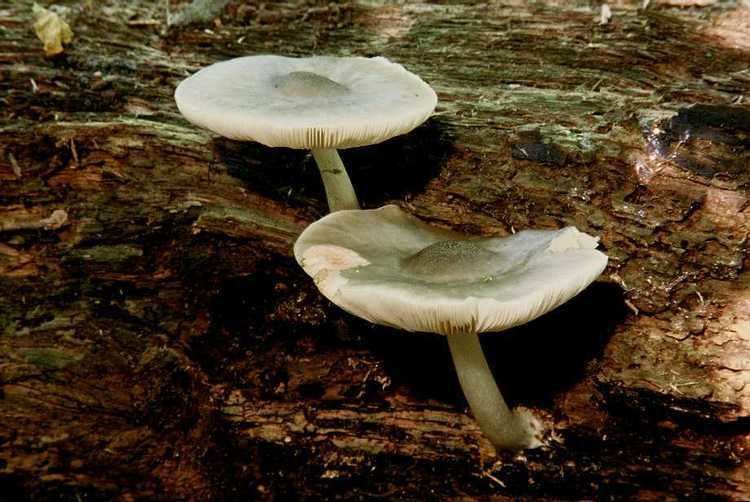 | ||
Similar Pluteus, Conocybe cyanopus, Panaeolus fimicola, Gymnopilus luteofolius, Gymnopilus aeruginosus | ||
Pluteus salicinus is a European psychedelic mushroom that grows on wood. It is an edible mushroom after parboiling.
Contents
Taxonomy
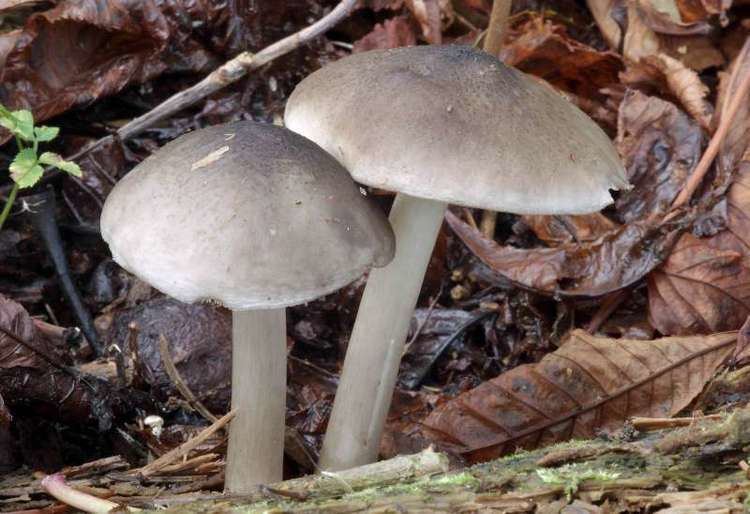
The species was originally described by Christian Hendrik Persoon as Agaricus salicinus in 1798. Paul Kummer transferred it to the genus Pluteus in 1871.
Description

Habitat and distribution

This mushroom is widely distributed across western Europe and Siberia. It is found on hardwoods - Alnus, Eucalyptus, Fagus, Populus and Quercus.
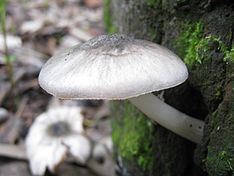
It is always found growing on wood. Summer-fall, solitary or gregarious on dead wood of hardwoods, in damp forests on flood-plains.
Common Name
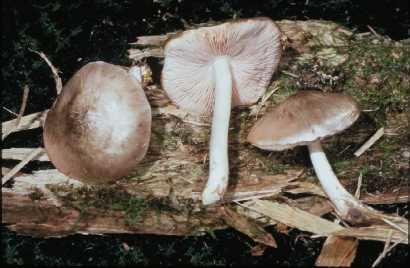
The 'Knackers Crumpet' is a localised, common name referring to Pluteus salicinus. Its use is most prominent in the North of England.
Chemistry
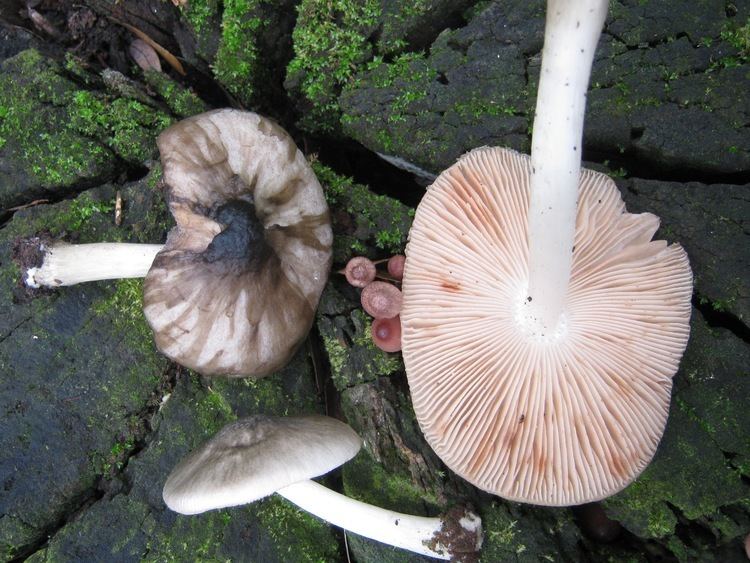
The concentration of psilocybin and psilocin in the dried sample of P. salicinus has been reported in the range of 0.21-0.35 and 0.011-0.05%, respectively.
